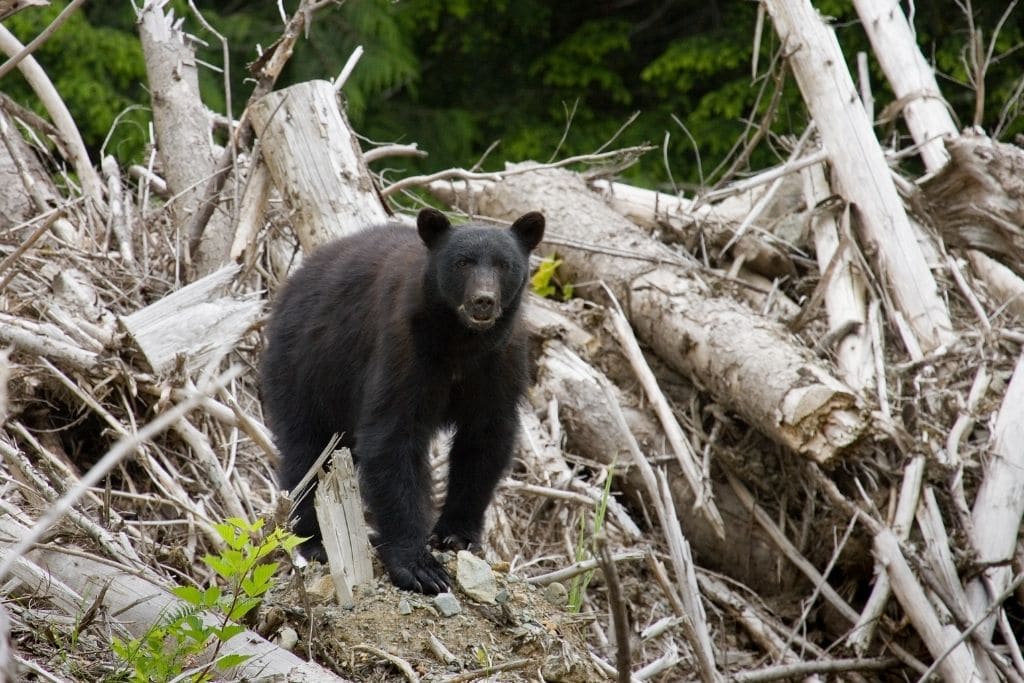newtownrrt.org – In the vast tapestry of life on Earth, each species plays a crucial role in maintaining the balance of ecosystems. However, the relentless march of human activity has pushed many of these species to the brink of extinction. The fight for survival of endangered species is not just a battle for their existence but a critical effort to preserve biodiversity and the health of our planet. This article delves into the challenges faced by endangered species and the multifaceted strategies employed to safeguard them.
The Threats to Endangered Species
Habitat Loss
One of the most significant threats to endangered species is habitat loss. Urbanization, deforestation, and agricultural expansion are leading to the destruction of natural habitats at an alarming rate. Without a place to live, many species struggle to find food, shelter, and mates, leading to population declines.
Climate Change
Climate change is another formidable adversary. Rising temperatures, changing precipitation patterns, and extreme weather events are altering environments faster than many species can adapt. This results in shifts in species distribution, reduced reproductive success, and increased vulnerability to diseases.
Overexploitation
Overexploitation, driven by demand for wildlife products, is another critical threat. Whether it’s poaching for ivory, rhino horn, or the illegal pet trade, the relentless pursuit of wildlife for commercial gain is decimating populations.
Invasive Species
Invasive species can also wreak havoc on native ecosystems. They compete with endangered species for resources, prey on them, or introduce diseases, further tipping the scales against survival.
Conservation Efforts
Protected Areas
Establishing protected areas is a cornerstone of conservation efforts. National parks, wildlife reserves, and marine protected areas provide sanctuaries where endangered species can live relatively undisturbed.
Reintroduction Programs
Reintroduction programs aim to return species to areas where they have become extinct or are absent. This involves breeding individuals in captivity and carefully releasing them back into the wild, supported by habitat restoration efforts.
Anti-Poaching Measures
Strengthening law enforcement and implementing anti-poaching measures are vital in combating illegal wildlife trade. This includes increasing patrols, using technology to monitor wildlife, and working with communities to reduce demand for wildlife products.
Community Engagement
Engaging local communities is crucial for the long-term success of conservation efforts. By providing alternative livelihoods and education, communities can become stewards of wildlife, rather than adversaries.
The Role of Technology
Technology is playing an increasingly important role in conservation. Drones, satellite tracking, and DNA analysis are helping researchers monitor species, understand their movements, and detect threats. Social media and virtual reality are also being used to raise awareness and engage the public in conservation efforts.
Conclusion
The fight for survival of endangered species is a complex and daunting challenge. It requires a concerted effort from governments, conservation organizations, scientists, and the public. By addressing the root causes of species decline and employing innovative conservation strategies, we can help ensure that these species have a fighting chance. The survival of endangered species is not just about preserving individual animals; it’s about protecting the intricate web of life on Earth for future generations.
